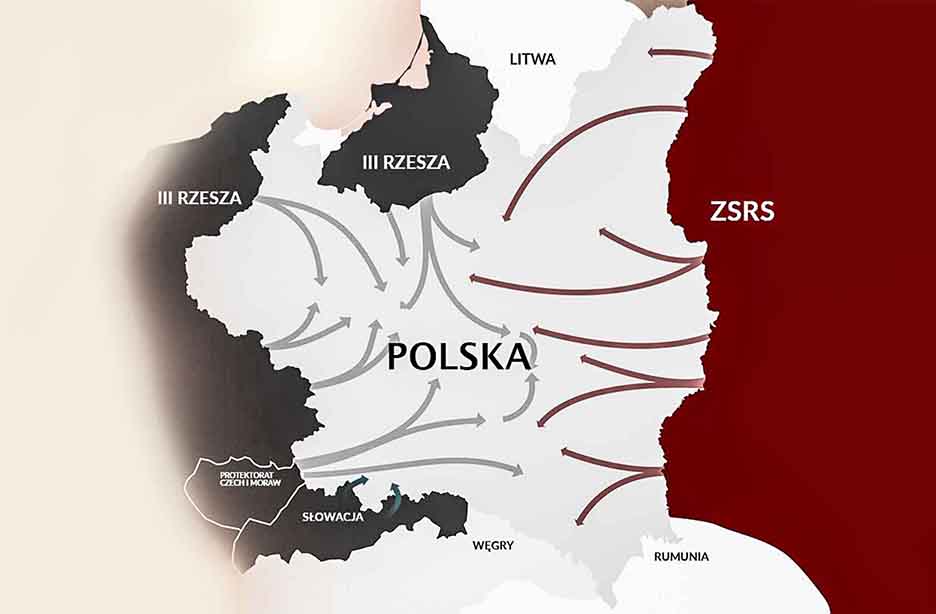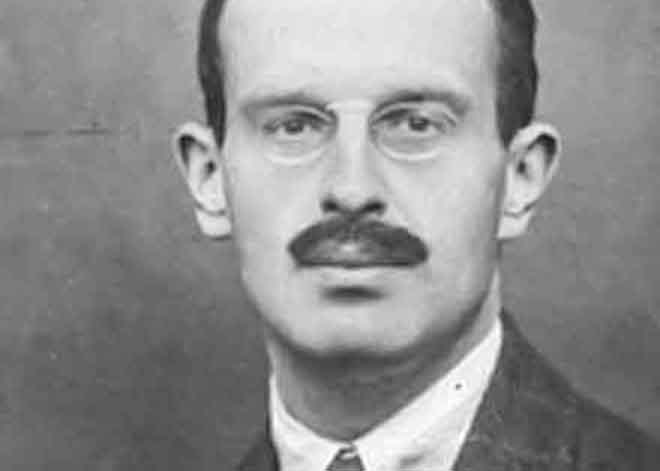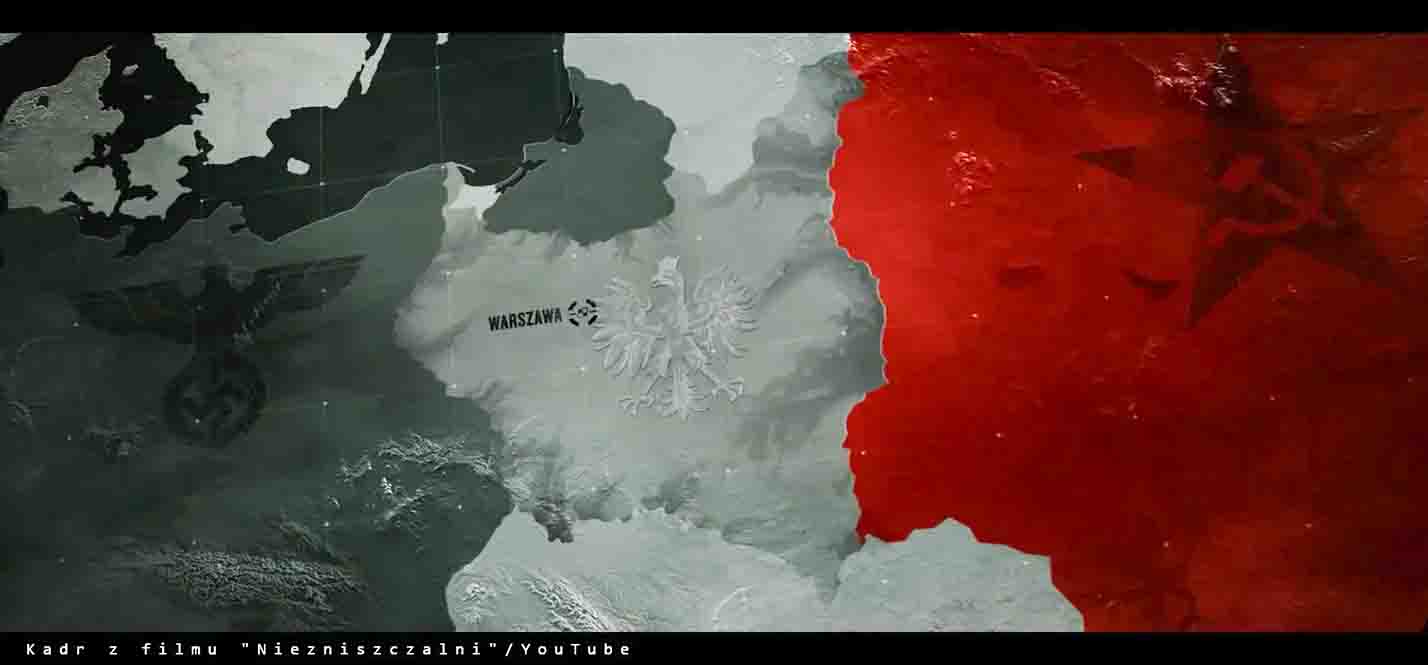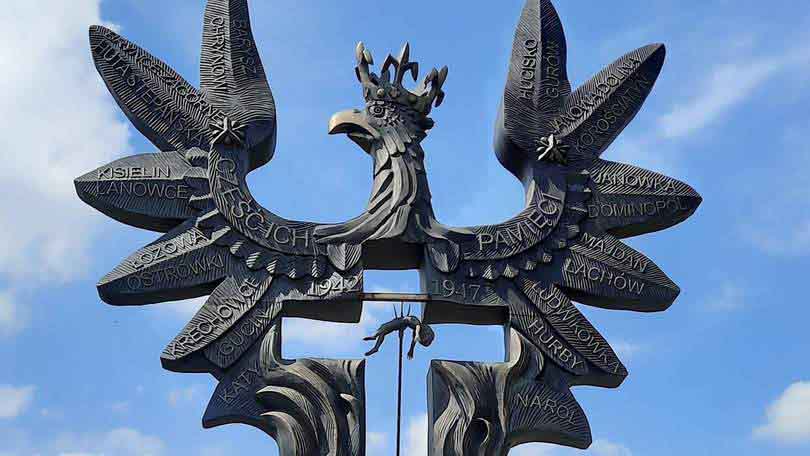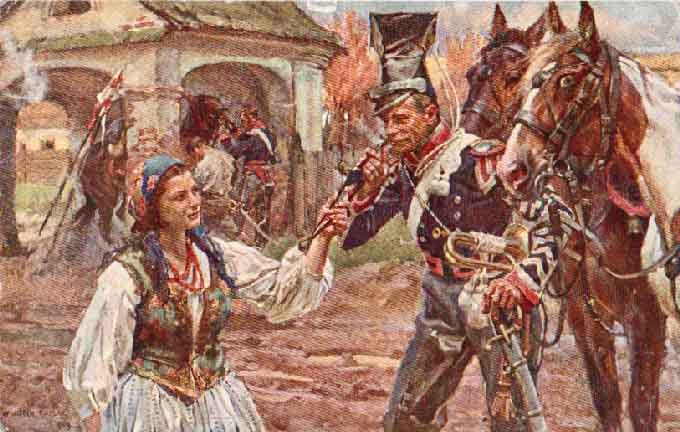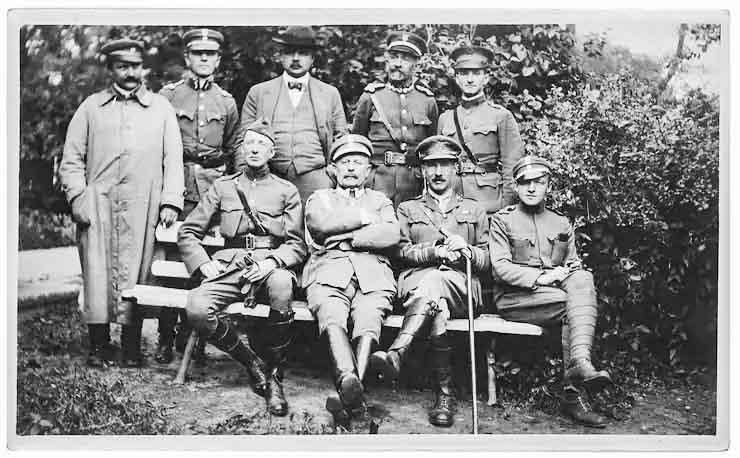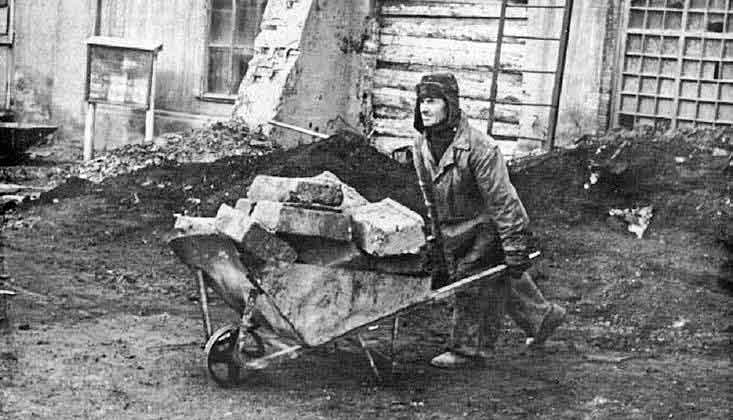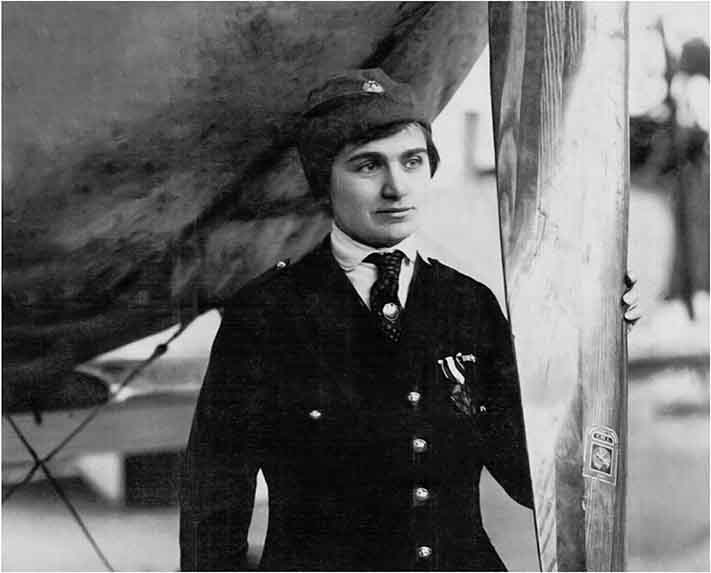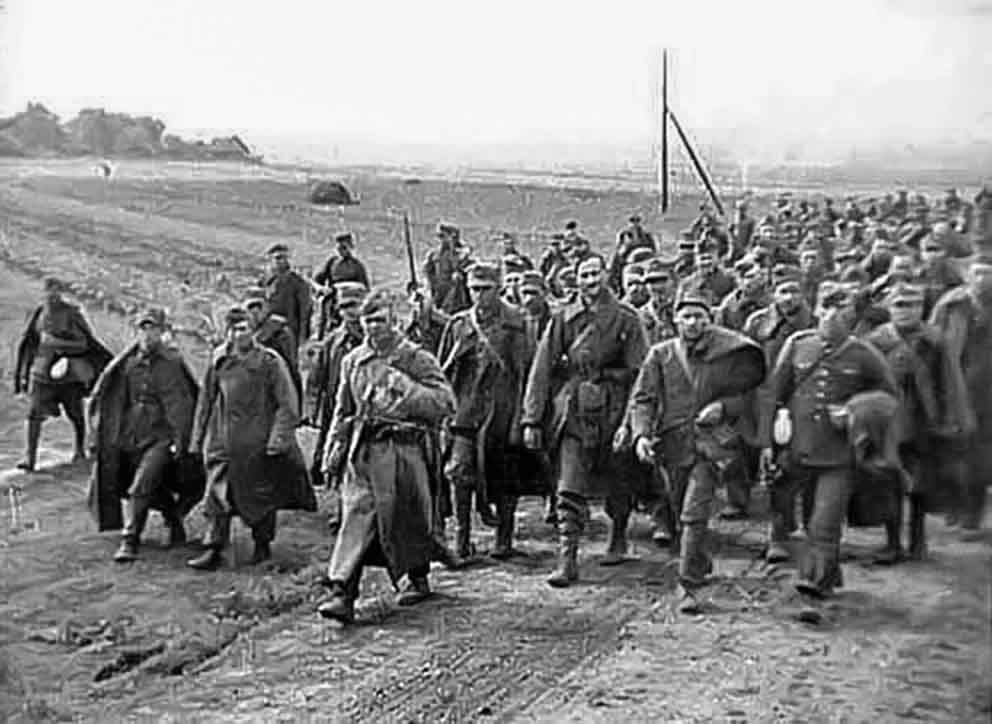On August 12, on the grounds of the former German extermination camp Auschwitz-Birkenau, another Great March of Life and Freedom of Poles and the Polish Diaspora took place in honor of the victims murdered there.
Read more... Reading time 8 min.In the context of the debate that has flared up in Poland after the publication of a much-needed report on war losses suffered as a result of German aggression and criminal occupation, it seems obvious that the time has come to start work on preparing estimates of losses as a result of Soviet actions.
Read more... Reading time 6 min.Halecki’s living, teaching, lecturing, researching, writing and publishing books and articles in America for over thirty years, have greatly enriched and broadened American historical scholarship. Poles and persons of Polish origin cannot afford to forget the memory of one of Poland’s greatest sons.
Read more... Reading time 16 min.The history of Poland is a history of opposing evil. In a way, it shows what is really important: how essential absolute, objective standards and moral frameworks are to society.
Read more... Reading time 5 min.July 11, 2023 marks the 80th anniversary of the culmination of the Ukrainian genocide against Poles living in the Eastern Borderlands of the Second Polish Republic. The truth about these events has recently, but with difficulty, penetrated into the public consciousness.
Read more... Reading time 12 min.The destruction of cultural property was one of the priority goals of the Nazis, it was supposed to break the cultural backbone of the Polish nation. It is estimated that Poland lost over 500,000 works of art during the war, and over 20 million valuable volumes.
Read more... Reading time 7 min.On June 17th, 2023, at 2 PM, a ceremonial dedication of the graves of veterans of the Blue Army will take place at Holy Sepulchre Cemetery in Southfield, Michigan.
Read more... Reading time 6 min.After World War I, the United States provided the countries of devastated Europe with multi-million dollar aid transferred as financial aid, food, clothing, or technical advice. Poland was affected not only by the effects of the Great War (1914-1918) as its major battleground, but also by the consequences of the Bolshevik invasion and infectious disease epidemics ravaging Poland at the time. It was one of the countries receiving help.
Read more... Reading time 6 min.According to sources collected and analyzed by the author of "Polish History in America" Wacław Kruszka, the first Pole who set foot in Wisconsin was Wincenty Serafin Dziewanowski. His story is quite typical of the character of Poles and the development of the United States.
Read more... Reading time 6 min.Penal camps have a centuries-old "tradition". Many of them were established in isolated and unhealthy places of the world, where it was not possible to encourage free emigrants to settle. These were places where labor was needed to build roads and fortifications, to work on plantations, fell trees and extract natural resources.
Read more... Reading time 6 min.Do Poles today remember about the huge sacrifice and participation of the American Polonia to make Poland appear again on the world map as a sovereign and independent state? It is difficult to answer this question today. The rapidly changing geopolitical reality brings many new and unfavorable circumstances for our homeland, which make us reconsider the fate of Poland.
Read more... Reading time 11 min.Wojciech Materski
Although Russia has officially acknowledged the perpetration of the Katyn massacre, this truth is virtually absent from Russian historiography today. For it does not fit into the myth of the great victory of the war, any more than the Hitler-Stalin pact of 1939, the mass deportations, the enslavement of the Baltic republics, or the colossal scale of the Red Army's marauding in the final phase of the Second World War.
Read more...



